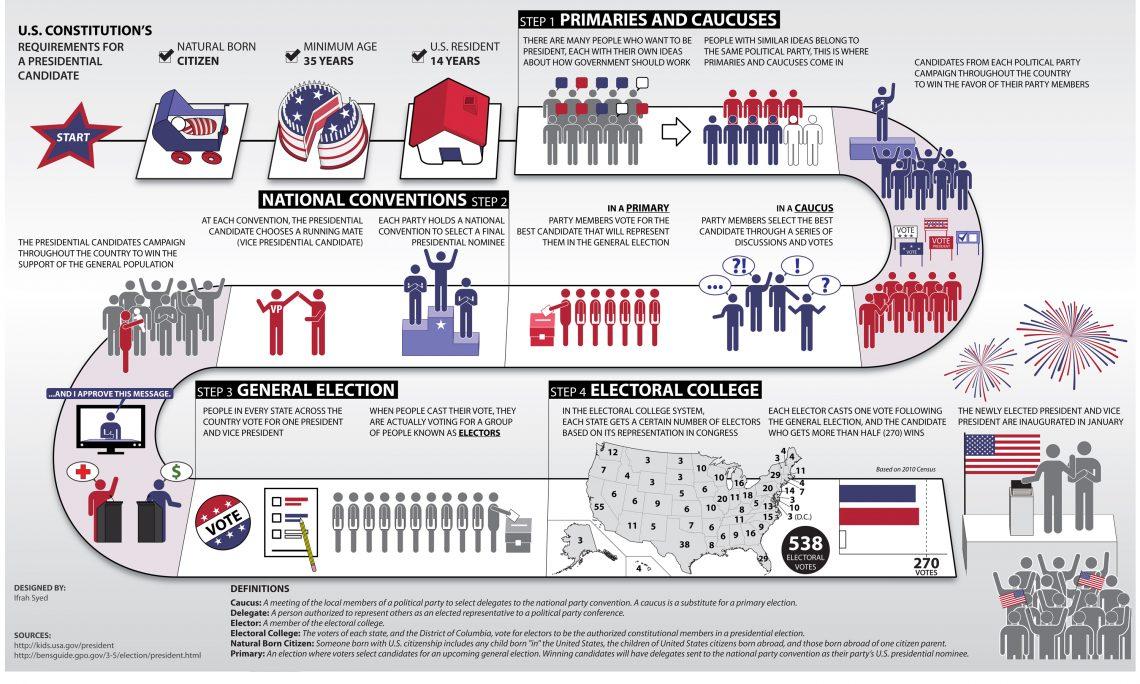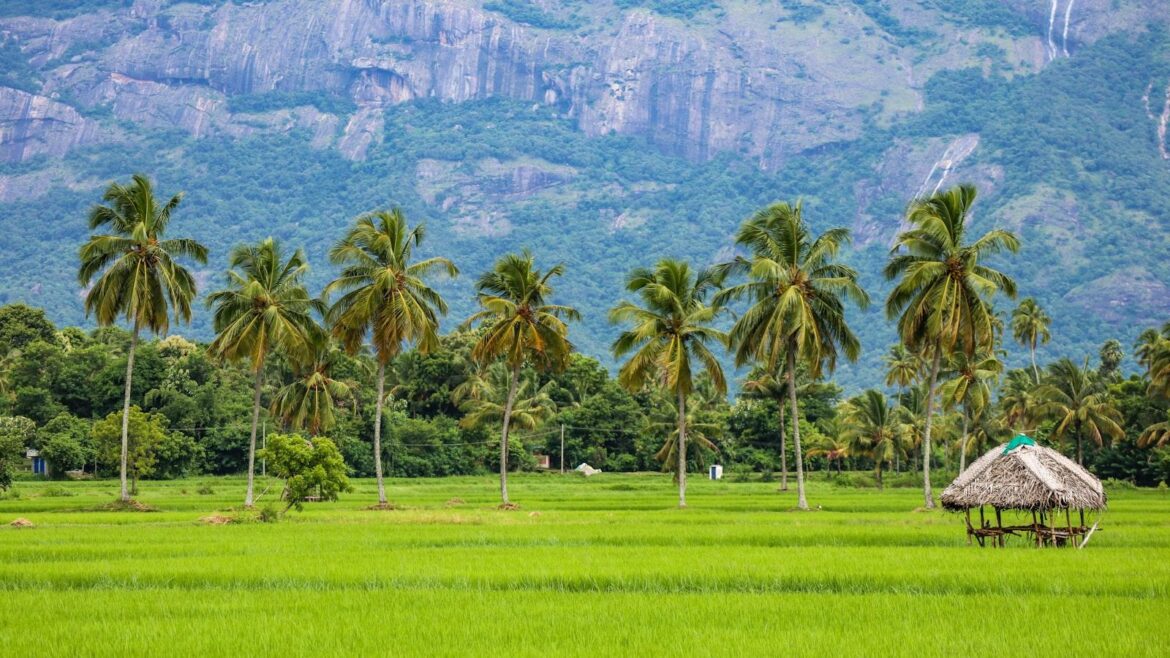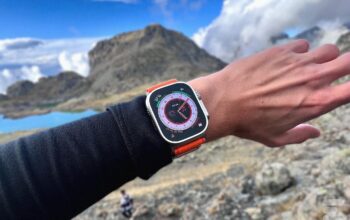In the bustling streets of India, a monumental event is on the horizon. As the world’s largest democracy gears up to organize the biggest vote in history, every corner of the country is buzzing with anticipation and fervor. With over 900 million eligible voters, the upcoming India election promises to be a spectacle of democracy in action. Let’s delve deeper into the intricacies of how this mammoth electoral exercise is orchestrated, and the key aspects that make it a fascinating display of democracy in motion.
The logistical challenge of India’s election process
One of the biggest challenges faced during India’s elections is the sheer logistical feat of organizing the largest democratic exercise in the world. With over 900 million eligible voters, spread across 29 states and 7 union territories, the Election Commission of India has to coordinate thousands of polling stations, millions of electronic voting machines, and millions of poll workers to ensure a smooth and fair election process.
Despite the immense scale of the operation, the Election Commission of India has managed to conduct the elections efficiently and with minimal disruptions. Through meticulous planning and coordination, they are able to transport voting machines to the most remote and inaccessible areas of the country, ensuring that every citizen has the opportunity to cast their vote. Additionally, they implement strict security measures to prevent any instances of voter fraud or tampering, ensuring the integrity of the electoral process.

The role of technology in ensuring fair elections
Technology plays a crucial role in ensuring fair elections in India, especially during the monumental task of organizing the biggest vote in history. With the use of innovative electronic voting machines (EVMs), the election process has become more efficient and transparent. These machines help in reducing the chances of fraud and manipulation, making the electoral process more secure for all citizens.
Moreover, the implementation of biometric voter identification systems has helped in preventing voter impersonation and ensuring that only eligible voters participate in the election. By leveraging technology such as voter registration databases and online voter information portals, the election commission can reach a wider audience and facilitate voter education. Overall, technology continues to play a pivotal role in guaranteeing fair and democratic elections in India.

Recommendations for managing the election process efficiently
In order to manage the election process efficiently, it is crucial to implement the following recommendations:
- Utilize technology: Embrace digital tools and online platforms to streamline voter registration, polling station management, and result tabulation.
- Train poll workers: Provide comprehensive training to election officials to ensure smooth operation on voting day.
- Implement strict security measures: Safeguard voter data and prevent any potential cyber threats.
Additionally, ensuring transparency and accountability throughout the election process is essential. By following these recommendations, India can successfully organize the biggest vote in history.

Ensuring voter participation and awareness in the world’s largest democracy
With over 900 million eligible voters, organizing and ensuring voter participation and awareness in the Indian elections is no small feat. One of the key ways to tackle this monumental task is through leveraging technology. By implementing online voter registration, providing voter education through social media campaigns, and offering live streaming of election events, the Indian government is able to reach a wider audience and engage more citizens in the democratic process.
Another important aspect of ensuring voter participation is through grassroots efforts. Community outreach programs, town hall meetings, and door-to-door campaigns help to educate and mobilize voters, especially in rural areas where access to information may be limited. By empowering local leaders and organizations to drive voter awareness initiatives, the Indian government is able to connect with citizens on a more personal level and encourage them to exercise their right to vote.
Closing Remarks
As India gears up to hold the biggest election in history, the intricacies of organizing such a monumental event are indeed fascinating. From coordinating millions of polling stations to ensuring the security of voters, the process is a testament to the commitment to democracy in the country. As the world watches in awe, it is important to appreciate the hard work and dedication of the thousands of individuals who make this event possible. The Indian election is not just a democratic exercise, but a celebration of the spirit of unity and diversity that defines the nation. And as the results are eagerly awaited, let us continue to admire the monumental effort that goes into organizing the world’s largest democratic exercise.



